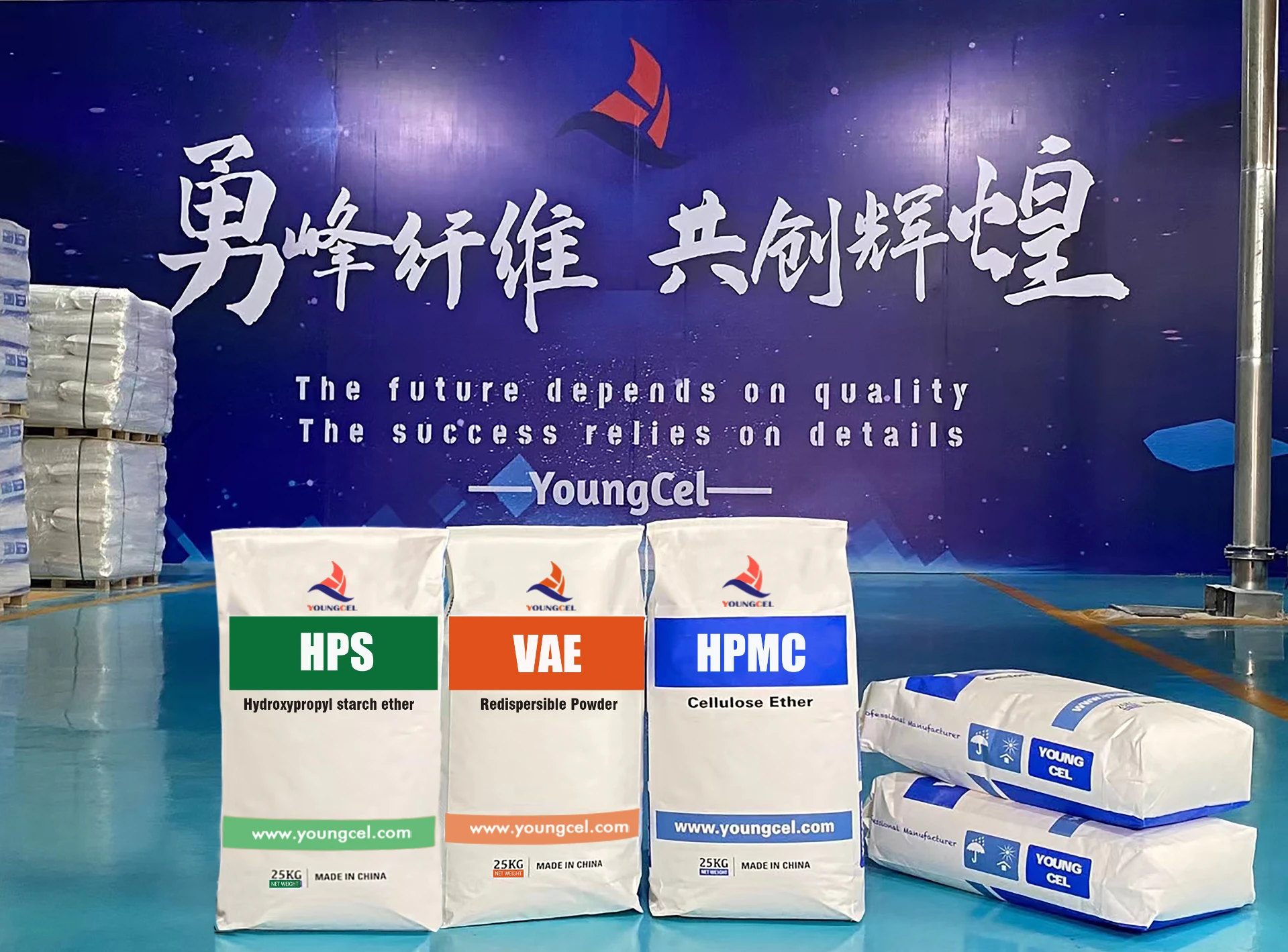Understanding Chemical Composition for Tile Bonding
Tile bonding is a critical element in the construction and renovation of both residential and commercial spaces. Proper adhesion is essential to ensure longevity and durability, and the choice of bonding materials can significantly affect the outcome. This article will delve into the chemical composition of tile adhesives, exploring their components, properties, and the science behind effective tile bonding.
The Importance of Tile Adhesives
Tile adhesives, often referred to as thin-set mortars or tile cement, are materials used to bond tiles to various substrates. The primary role of these adhesives is to provide strong adhesion between the tile and the surface on which it is placed, ensuring that the tiles remain firmly in place despite environmental changes, foot traffic, and other stressors.
Key Chemical Components
1. Cement The primary binding agent in most tile adhesives is cement, particularly Portland cement. When mixed with water, it undergoes a chemical reaction known as hydration, forming calcium silicate hydrate, which provides strength and durability to the bond.
2. Aggregates These are granular materials added to the adhesive to enhance its workability, improve texture, and reduce shrinkage. Common aggregates include sand, clay, and other materials that contribute to the overall performance of the adhesive.
3. Polymers Many modern tile adhesives incorporate polymers that enhance flexibility and adhesion. Polymers such as ethylene-vinyl acetate (EVA) or styrene-butadiene rubber are commonly used. These additives improve the bond's resistance to impacts and temperature fluctuations, making them ideal for various environments, including wet areas like bathrooms or kitchens.
4. Additives and Fillers To improve specific properties, various additives may be included. These can range from anti-fungal agents to prevent mold growth in damp areas, to accelerators that shorten the curing time. Fillers are also incorporated to enhance the texture and manage the adhesion characteristics of the mixture.
chemical for tile bond

Adhesion Mechanism
The adhesion of tile adhesives to substrates involves several mechanisms, including mechanical interlocking, chemical bonding, and surface tension. When applied to a surface, the adhesive fills the microscopic gaps and pores, creating a mechanical lock that aids in adhesion. Furthermore, the chemical nature of cement allows for the formation of bonds with the substrate material, enhancing overall performance.
Testing and Standards
To ensure quality and safety, tile adhesives are subject to rigorous testing. Standards such as those established by the American National Standards Institute (ANSI) or the European Committee for Standardization (CEN) dictate the performance requirements for tile adhesives. These standards evaluate factors such as shear strength, open time, and water resistance, providing assurance that the adhesive will perform as expected under various conditions.
Choosing the Right Tile Adhesive
Selecting the appropriate tile adhesive is critical for a successful installation. Factors to consider include the type of tile (ceramic, porcelain, natural stone), the substrate material (concrete, plywood, drywall), and the environmental conditions (indoor, outdoor, wet areas). Manufacturers often provide guidelines on the optimal adhesive for different applications, making it essential for contractors and DIY enthusiasts to choose wisely.
Conclusion
In conclusion, understanding the chemical composition of tile bonding materials is essential for achieving optimal results in tile installation. By recognizing the roles of various components such as cement, aggregates, polymers, and additives, one can make informed decisions that promote durability and longevity in tiled surfaces. A well-chosen tile adhesive not only enhances the aesthetic appeal of a space but also ensures that it withstands the test of time. As technology continues to advance, we can expect further innovations in tile bonding materials, paving the way for even stronger and more reliable adhesion solutions in the future.
-
Rdp Powder: Key Considerations for Wholesalers in the Building Materials IndustryNewsJul.08,2025
-
Key Considerations for Wholesalers: Navigating the World of Hpmc - Based ProductsNewsJul.08,2025
-
Hpmc Detergent: Key Considerations for WholesalersNewsJul.08,2025
-
Key Considerations for Wholesalers: China Hpmc For Tile Adhesive, Coating Additives, Concrete Additives, and MoreNewsJul.08,2025
-
Crucial Considerations for Wholesalers: Navigating the World of Construction MaterialsNewsJul.08,2025
-
Key Considerations for Wholesalers Sourcing Additive For Cement, Additive For Concrete, Additive For Putty from Additive Manufacturer Shijiazhuang Gaocheng District Yongfeng Cellulose Co., Ltd.NewsJul.08,2025




